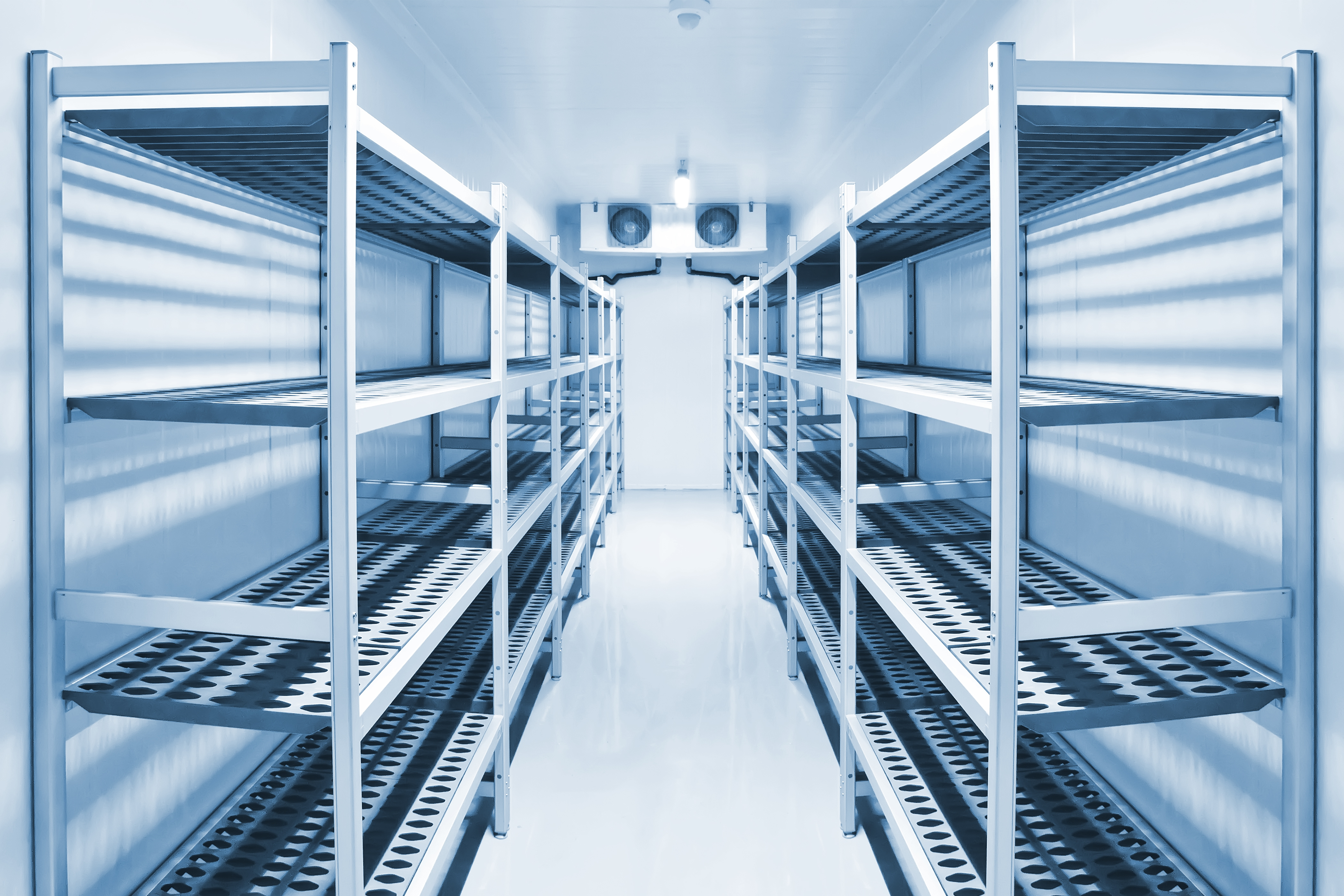Shaun Evers discusses how latest technology is reducing refrigerant risks to both workers and the environment

Continual growth in the refrigerated food market presents a myriad of safety challenges. As consumers clamber for better quality products with an increasingly extended shelf life, refrigeration’s role in the food supply chain has never been more crucial. It is also a hotbed of health and environmental hazards.

Gambling with gas
Leaks of refrigerant gas are dangerous for several reasons, not least because it often goes undetected as it’s odour-free and cannot be seen. Exposure to such gases can result in serious side-effects for staff, with symptoms ranging from irritation of the throat, eyes and skin to frostbite, chemical burns, and in the most severe cases, lung and brain damage.
While leaks can be harmful to people, it also affects the environment – the Carbon Trust estimates that a one kilogramme leak of refrigerant gas can have the same impact as a van driving continuously for around 10,000 miles. In addition, gas leaks affect the performance of equipment, which can result in spiralling energy costs. For example, if left unrepaired for three months, a small leak in an average 300kW refrigeration system could result in increased energy costs of £1,400 – not to mention the repair bill once the leak is identified. However, this figure pales in comparison with the penalties of up to £200,000 that await companies who breach EU F-gas regulations.
Technology to the rescue
Gas leaks can occur due to equipment malfunction, improper maintenance work, mechanical damage or accidental release during replenishment, and often around 60 percent of gas escapes before anyone notices. While it is impossible to predict when a leak may occur, technology can be used to identify an incident the moment it arises, enabling staff to pinpoint the cause and make necessary repairs before either the workforce, or the environment, is affected.Various detection devices are available and the latest generation of these can be programmed to detect a wide range of toxic and non-toxic gases, including hydrofluorocarbons, or HFCs, which are known to have a high global warming potential.
These detectors are designed to alert workers with audio and visual alarms and have a battery back-up system in the case of power failure. LED colours are used to indicate the status of each sensor, which are arranged in different zones; in the event of a gas leak, it can be swiftly identified and repaired without delay.
Raising the alarm
Another risk that can be reduced with a simple device, is that of employees becoming trapped inside freezer rooms or enclosed cold units. Innovative trapped personnel alarms are designed to monitor latching emergency push buttons located inside cold stores.

If an employee becomes trapped, they can press an emergency alarm button inside the store which triggers audio and visual alarms, with the monitors backed up by batteries in case of a mains failure. The display also sets a volt-free relay to repeat the call to a siren or other remote alarm.When it comes to safeguarding staff and complying with health and safety and environmental regulations, the simplest solutions can solve the most complex problems. And with even the most sophisticated devices on the market having a return on investment time of just two years, turning to technology makes sense.



